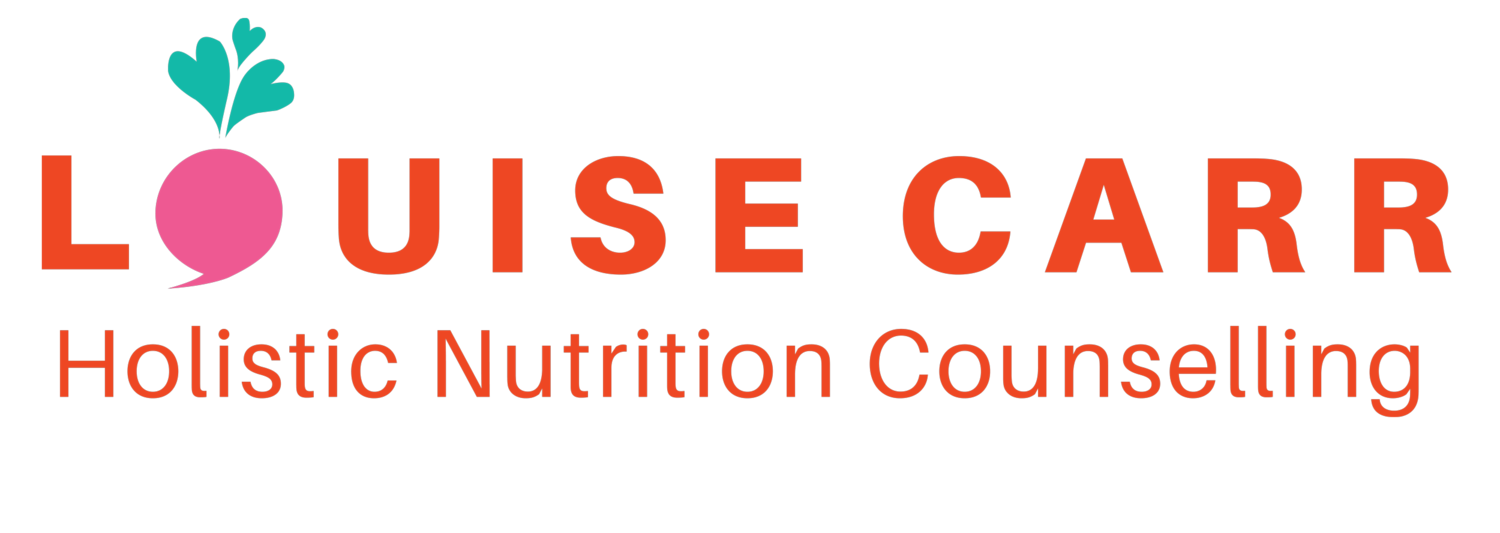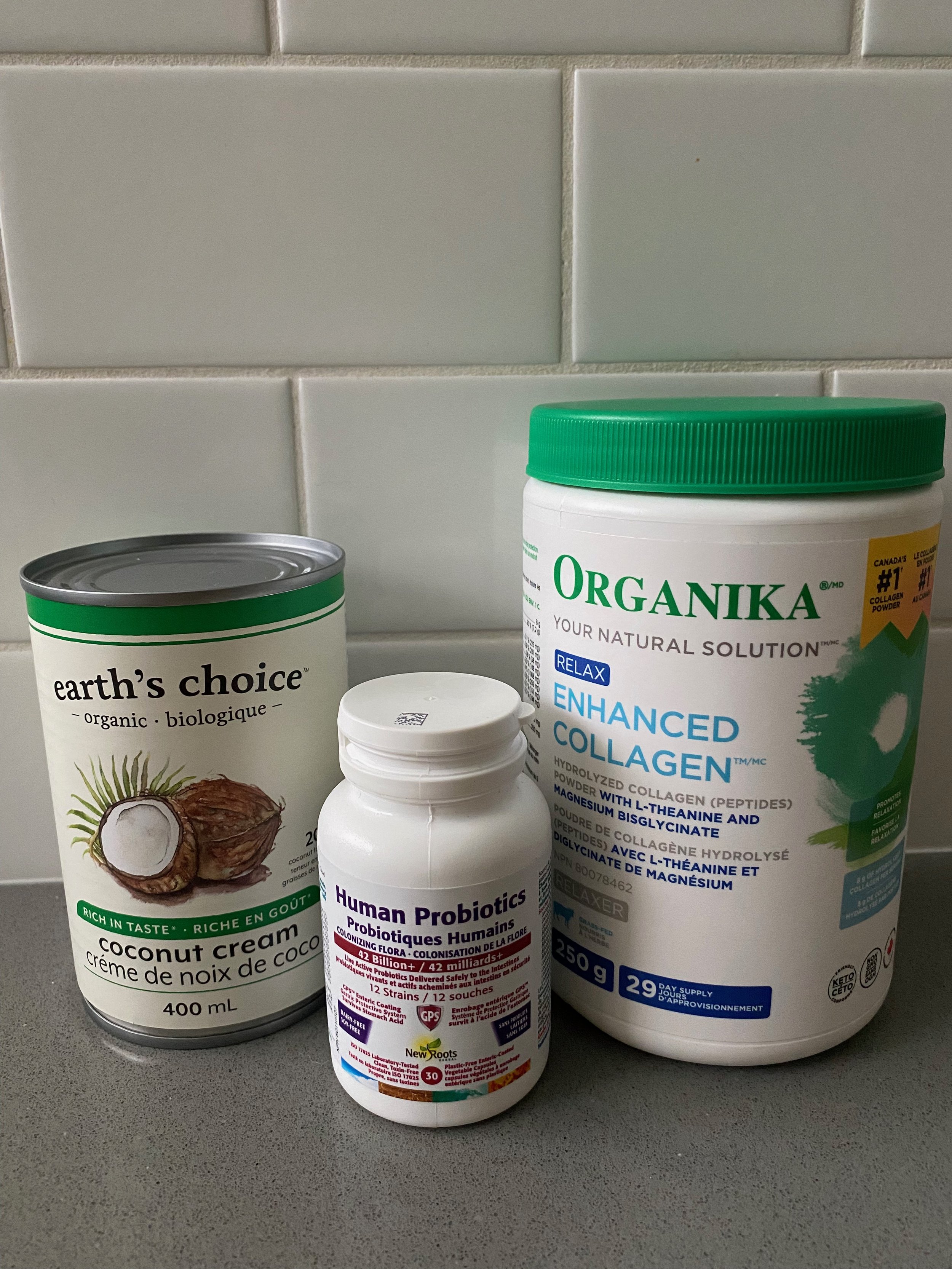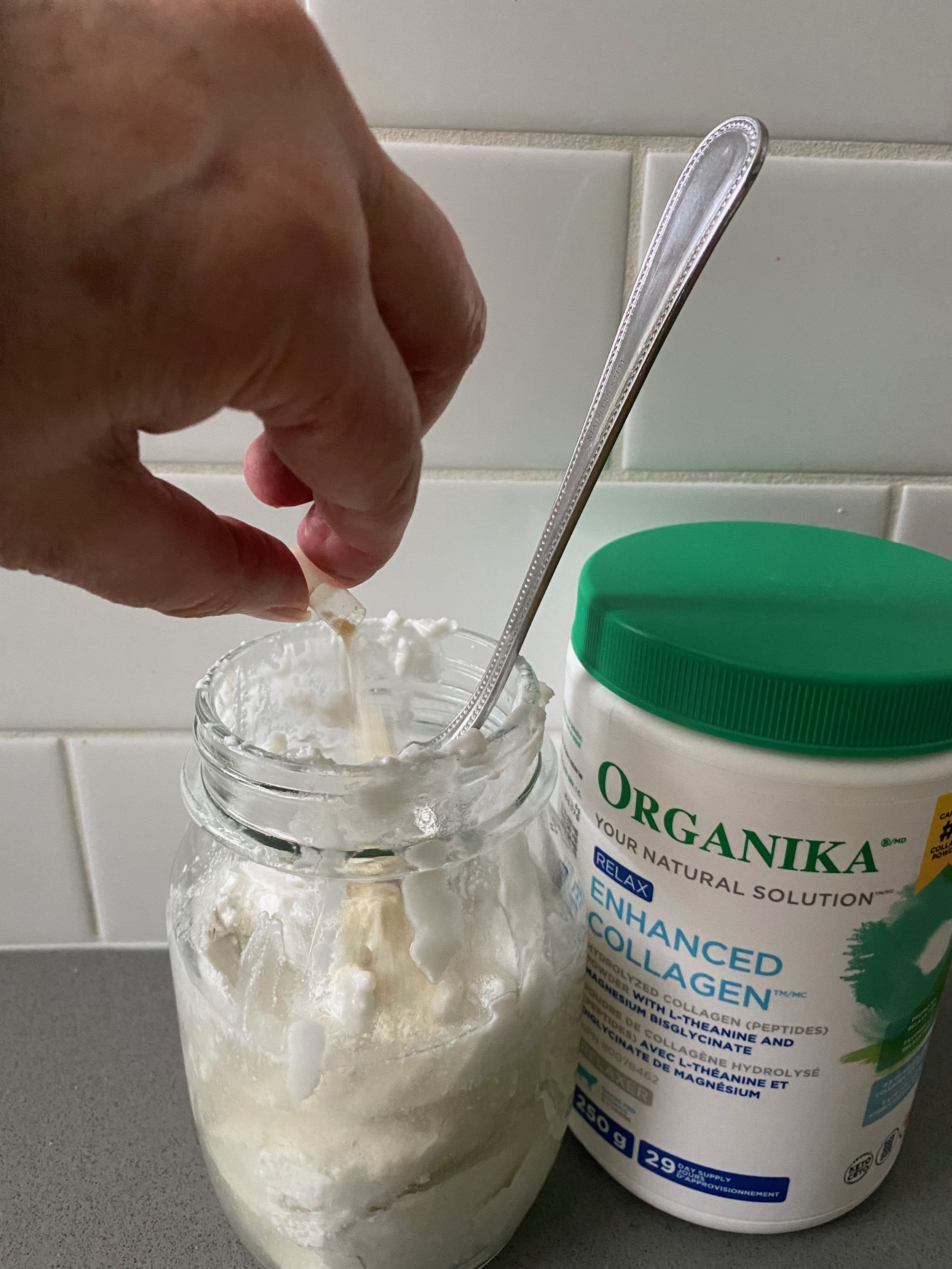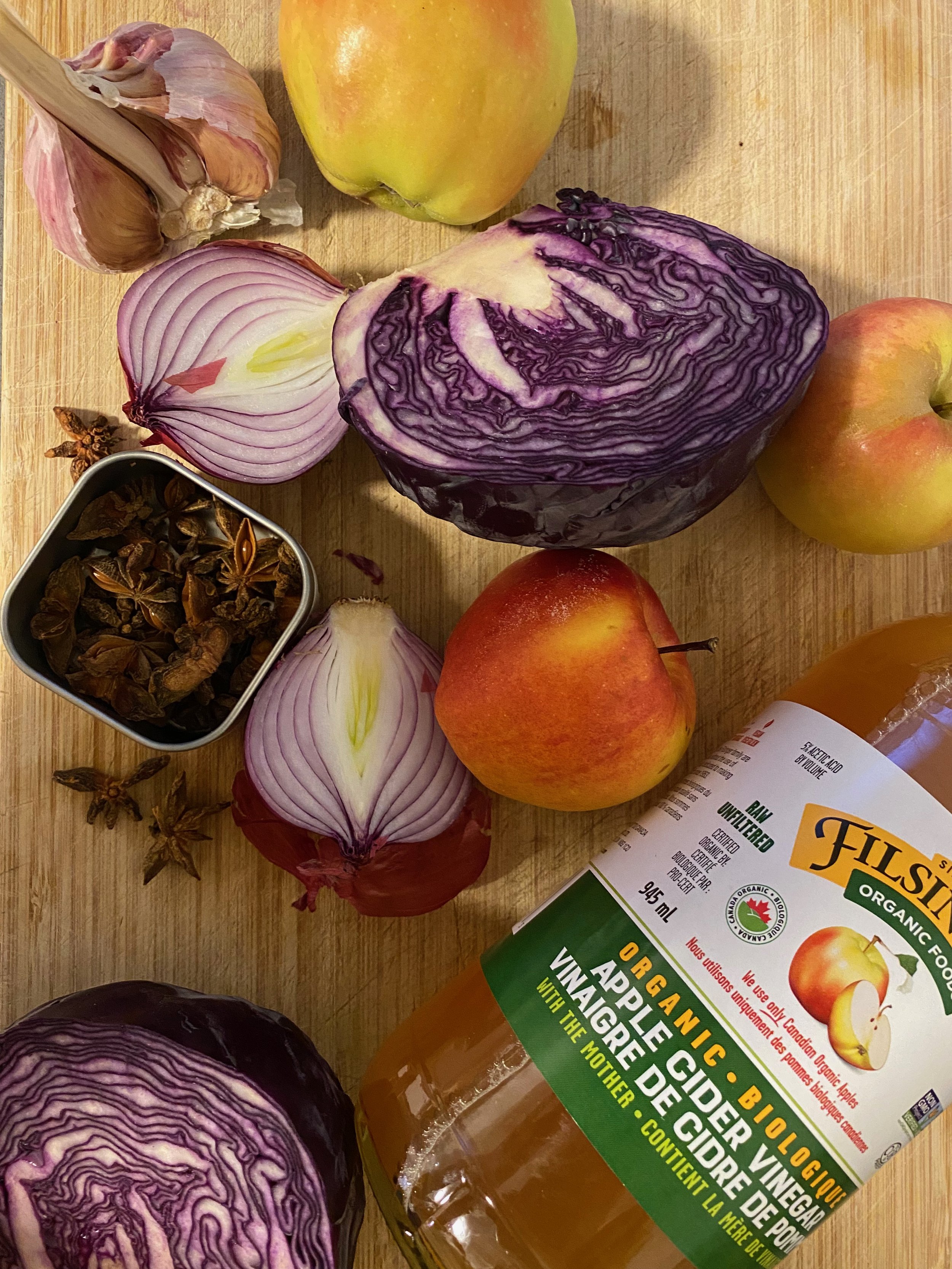At midlife we are busy!
Midlife women carry the weight of the world on their shoulders.
We often work full-time, are still raising families, carry the emotional load for our families, carry the mental load of the household, have aging parents, volunteer in our communities and, with empathy, fully feel in our bodies the more crazy, painful and destructive events happening in our world.
It is a challenge…and on top of all of this we want to take care of our health and bodies so we have enough energy to get through our busy schedules each day.
I am always looking for short cuts and strategies that work for busy midlife women day in and day our because our long term health is built on our daily habits.
So, here is a quick way to make your own dairy free yoghurt at home knowing that every time you make it your are and ensure you are getting a dose of health promoting probiotics.
Many of the women I work with at midlife, can no longer tolerate dairy in their diets and are looking for an alternative. As we age our digestion becomes ‘tired’, a very unscientific term that encompasses Leaky Gut syndrome, dysbiosis or imbalance in our gut microbiome and weakened digestive enzymes. This can look like gassiness and bloating after eating certain foods, undigested food in our daily poop and allergy symptoms.
It is why the first module of Menopause U, after we have got our mindset straight focusses digestion.
We are not what we eat but what we actually digest and absorb.
You can make ‘yoghurt’ very easily at home using a can of coconut milk and your daily probiotic supplement.
I wanted to create a yoghurt that contained a good dose of protein to balance blood sugar levels and ensure muscle maintenance at midlife so I added collagen powder to change the nutritional profile of the finished yoghurt.
I would also consider adding a small amount of maple syrup for sweetness and a pinch of cinnamon fro added depth of flavour.
Your will need to use the probiotics that come in a capsule for this recipe and not tablet form that will be cakey and need grinding down.
Add a 14oz can of full fat coconut milk to a clean jam jar and give it a good stir to combine the milk with the solid.
Break open the capsules on a high quality probiotic and pour the contents into coconut milk.
Add 3 tbsp of collagen powder if you want to boost the protein content.
Add a pinch of cinnamon or a tsp of Maple syrup if you desire.
Give everything in the jar another good stir to combine all of the ingredients and to get the probiotic fully mixed into the coconut milk.
Cover the coconut milk with a piece of muslin or another ‘breathable’ cover so the probiotic has oxygen to breathe and grow.
Leave the ‘yoghurt’ on the counter or in another warm place so the probiotic microbes can multiply and travel through the yoghurt. In this way you are maximizing and ‘growing’ probiotics and creating a functional food that is deeply health supportive. This is especially helpful if you forget to take supplements or do not enjoy swallowing capsules.
After 24 hours on the counter top the yoghurt should be kept in the refrigerator like any other yoghurt.
Serve the yoghurt with my granola recipe which you can find here and pile fresh or frozen anti-oxidant rich berries and cherries on top!
Let me know how you get on with this recipe/not quite a recipe in the comments below!









